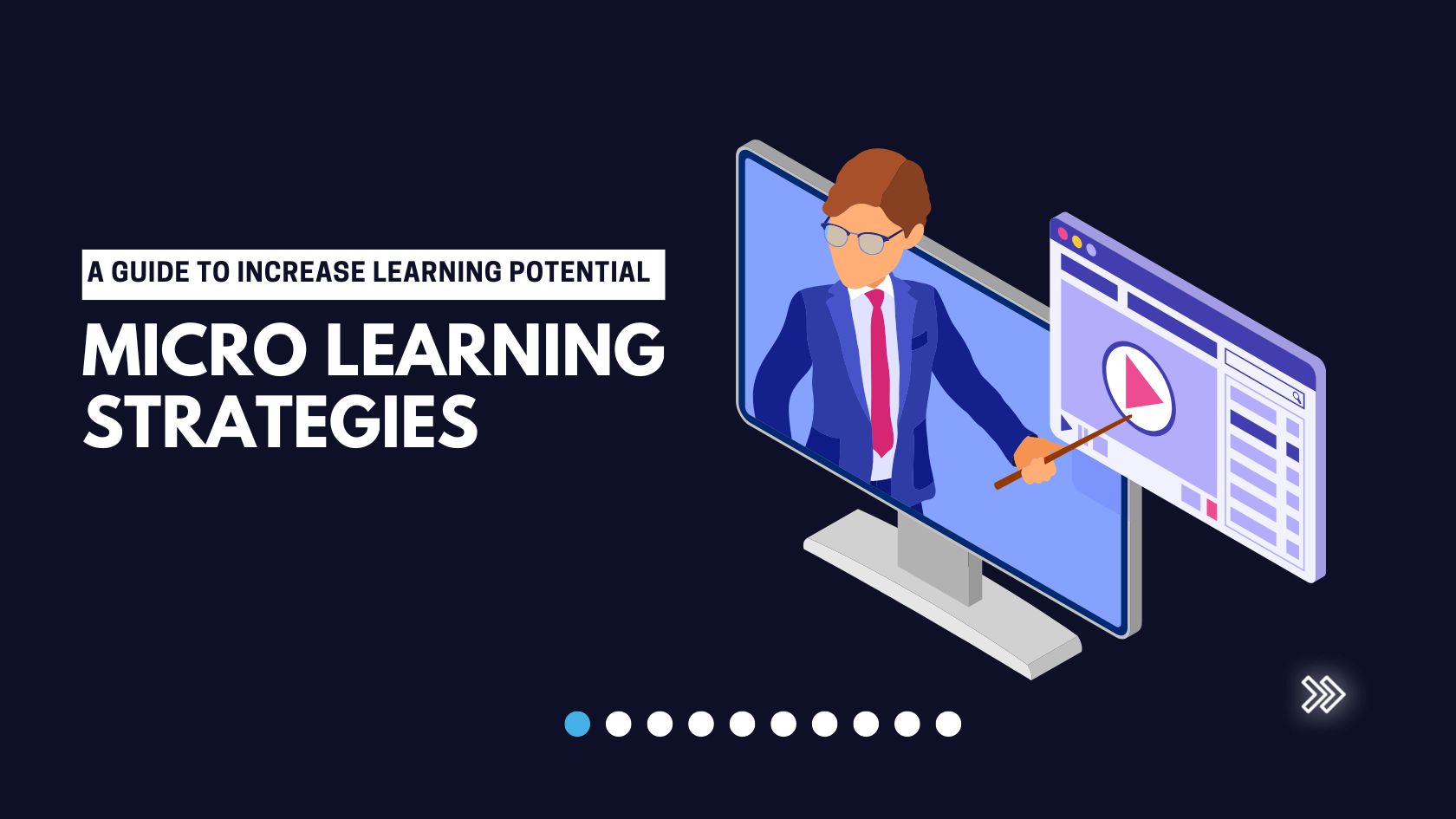Six Tools Put New Twist on Business Intelligence
The recent Gartner BI Summit in Los Angeles provided an opportunity for Enterprise Apps Today to meet with a wide range of business intelligence vendors to find out what’s new on the business intelligence front. Here are six of the more interesting products seen at the summit.
QuartetFS Analytics Cube

The company chooses an open-source approach to business intelligence, making use of Hadoop and Java. The latest version of its software (4.5) is focused on visualization and user friendliness, while adding Big Data and data discovery capabilities.
Saccone made a good point about integration. Many companies suffer from data mart sprawl. They develop different marts for each business unit. Consequently, each unit may create visualizations that offer a completely different picture of what is happening with the latest marketing campaign. The CFO, visualizing his own data mart, sees things one way. The CMO’s mart highlights a different situation. This is the problem with having separate tools sitting on each data mart.
“Pentaho gets data from all the marts and unifies it to provide a better version of the truth,” Saccone said. “A platform approach is better than a power tool approach.”
Drew Robb is a freelance writer specializing in technology and engineering. Currently living in California, he is originally from Scotland, where he received a degree in geology and geography from the University of Strathclyde. He is the author of Server Disk Management in a Windows Environment (CRC Press).

Drew Robb is a writer who has been writing about IT, engineering, and other topics. Originating from Scotland, he currently resides in Florida. Highly skilled in rapid prototyping innovative and reliable systems. He has been an editor and professional writer full-time for more than 20 years. He works as a freelancer at Enterprise Apps Today, CIO Insight and other IT publications. He is also an editor-in chief of an international engineering journal. He enjoys solving data problems and learning abstractions that will allow for better infrastructure.

